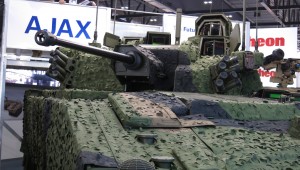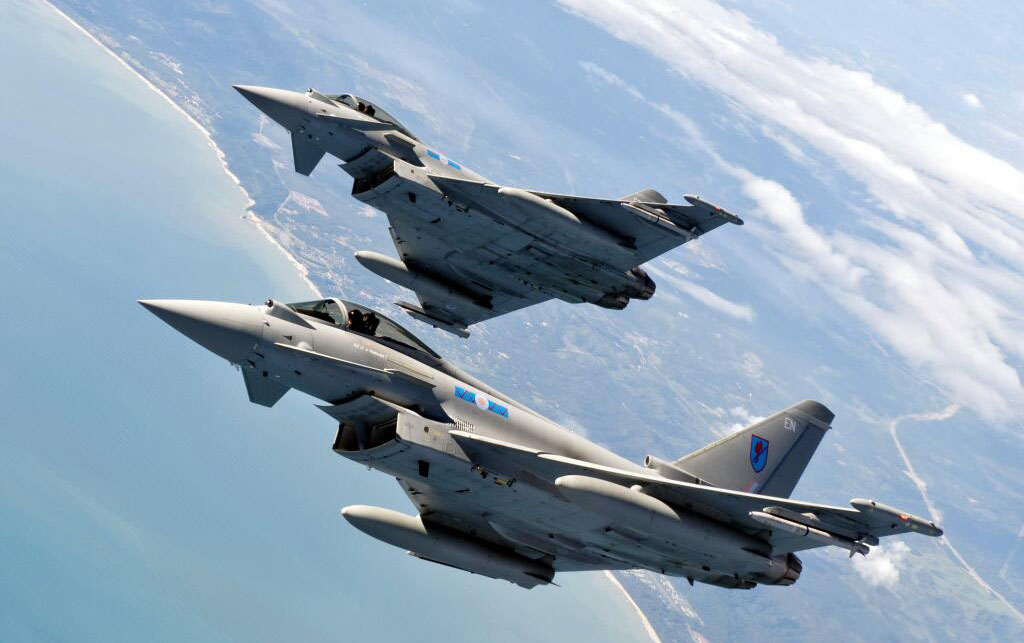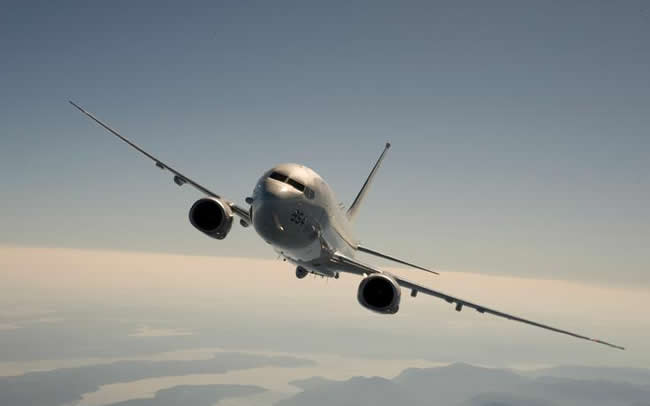The UK is planning a £178 billion investment in defence equipment and support over the next decade, as part of the Government’s five year National Security Strategy and Strategic Defence and Security Review (SDSR). The plan will be presented at the House of Commons later today. “The plan represent a £12 billion uplift in funding, focused on investments that will help to ensure the UK can respond to diverse threats in an increasingly dangerous and uncertain world.” the MOD announced.

The last defence review in 2010 is largely remembered for massive spending cuts. The new review will contain a commitment to plug gaps in the UK’s capability, including 138 new F-35B aircraft to fly from the country’s two new Queen Elizabeth class aircraft carriers.
The plan calls for the establishment of two new ‘Strike Brigades’ by 2025; these formations will be 5,000 manned with warfighters and equipped with some 600 Ajax family of tracked armored vehicles (previously known as Scout) which are already budgeted for procurement. These new formations are likely to be equipped with additional 8×8 wheeled armored vehicles, yet to be selected by the MOD.
Prepared for rapid deployment, the Strike Brigades will be able to self-deploy over thousands of kilometres, relying on much lower logistic footprint than current formations.
The increased spending is part of a broader strategic investment in defense and security pursued by the British Government as part of the nation’s alignment to face new threats. “We cannot choose between conventional defences against state-based threats and the need to counter threats that do not recognise national borders.” Prime Minister David Cameron said, “Today we face both and we must respond to both. So over the course of this Parliament our priorities are to deter state-based threats, tackle terrorism, remain a world leader in cyber security and ensure we have the capability to respond rapidly to crises as they emerge.
Cameron has already said the review will include £2bn over the next five years to bolster Britain’s special forces for the fight against extremist groups such as Isis. It will also double its Reaper drone fleet by 2020.
Other parts of the investment plan focus on the reactivation of the airborne maritime surveillance, anti-submarine and anti-surface ship warfare, with the acquisition of 9 new Boeing P8 maritime patrol aircraft. “These roles require an aircraft that can carry Torpedoes, as well as being fitted with a broad range of sensors, including radar and sonobuoys. These aircraft are also be equipped to provide search and rescue and surveillance capabilities overland. The UK decommissioned its maritime surveillance force in 2010, scrapping the fleet of Nimrod aircraft.
The Royal Air Force (RAF) will receive life span extension for its current fleet of Typhoon fighters, extending the lifespan for 10 more years, maintaining the aircraft in service through 2040. This plan will enable the RAF to create two additional squadrons. The aircraft will receive full air-ground capabilities and Captor Active Electronically Scanned Array (AESA) radar enabling the planned seven Typhoon squadrons to assume both air/air and air/ground roles.











